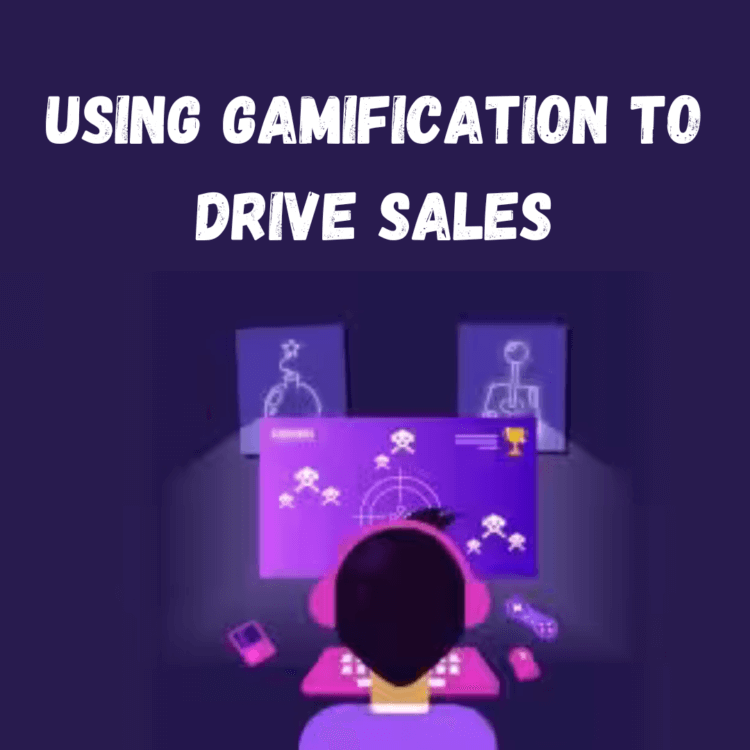In a world where attention spans are fleeting and competition is fierce, businesses are exploring innovative ways to engage customers and boost sales. One such dynamic strategy gaining popularity is gamification. By integrating game elements into the sales process, businesses can create an interactive and rewarding experience for customers and sales teams alike. In this blog post, we’ll explore the transformative impact of gamification on driving sales and fostering customer loyalty.
Turning Sales into a Game: The Basics of Gamification:
Gamification involves incorporating game elements such as points, badges, leaderboards, and rewards into non-game contexts—in this case, the sales process. By infusing elements of competition, achievement, and progression, businesses can tap into customers’ intrinsic motivation and make the sales journey more enjoyable.
Rewarding Customer Loyalty: Loyalty Programs Reimagined:
Gamifying your customer loyalty program can significantly enhance customer engagement. Introduce points for purchases, challenges, or social sharing, allowing customers to unlock levels and earn badges. Consider offering exclusive discounts, early access to products, or even limited-edition items as rewards. This not only encourages repeat business but also fosters a sense of community among your customers.
Sales Team Motivation: A Healthy Dose of Competition:
Gamification is not just for customers; it can also be a powerful tool for motivating sales teams. Implementing a leaderboard that tracks individual and team sales achievements can instill a healthy sense of competition. Recognize top performers with badges, prizes, or even a featured spot in internal communications. The competitive edge can drive increased productivity and a more engaged sales force.
Interactive Sales Training: Learning Through Play:
Traditional training methods can sometimes lack engagement. Gamify your sales training programs to make learning more interactive and enjoyable. Create scenarios, quizzes, and simulations that allow sales teams to apply their knowledge in a risk-free environment. Incorporate badges or certificates for completing training modules, encouraging continuous learning and skill development.
Progression Paths and Challenges: Keeping Customers Hooked:
Introduce progression paths for customers, guiding them through different stages of engagement. This could include completing a certain number of purchases, referring friends, or participating in challenges. Challenges, such as achieving a specific spending milestone or exploring new product lines, keep customers engaged and motivated to reach the next level.
Social Sharing and User-Generated Content: Turning Customers into Advocates:
Encourage customers to share their achievements or experiences with your products on social media. Create branded hashtags or challenges that prompt users to share photos, videos, or reviews. Feature user-generated content on your website or social platforms and reward participants with points, discounts, or entries into exclusive contests. This not only amplifies your brand’s reach but also leverages the power of social proof.
Event Gamification: Elevating Customer Interaction at Events:
If your business participates in events or trade shows, consider incorporating gamification to attract and engage attendees. Create a scavenger hunt, trivia game, or interactive challenges that encourage visitors to explore your booth and products. Offer prizes for participation or completion, making your booth a memorable and interactive experience.
Data-Driven Insights: Analyzing Gamification Performance:
One of the strengths of gamification is its ability to generate valuable data. Analyze customer and sales team interactions to gain insights into preferences, behaviors, and performance. Use this data to refine and optimize your gamification strategy, ensuring that it continues to resonate with your audience and drive meaningful results.
Conclusion:
Gamification is not just a trend; it’s a strategic approach that can revolutionize the way businesses drive sales and engage customers. By tapping into the fundamental human desire for competition, achievement, and rewards, gamification transforms the sales process into a dynamic and enjoyable journey. As you embark on integrating gamification into your sales strategy, remember that the key lies in creating an experience that captivates and motivates, ultimately leading to increased customer loyalty and a more motivated sales force. Level up your sales game, and watch as your business achieves new heights of success.










No Comments
Leave Comment